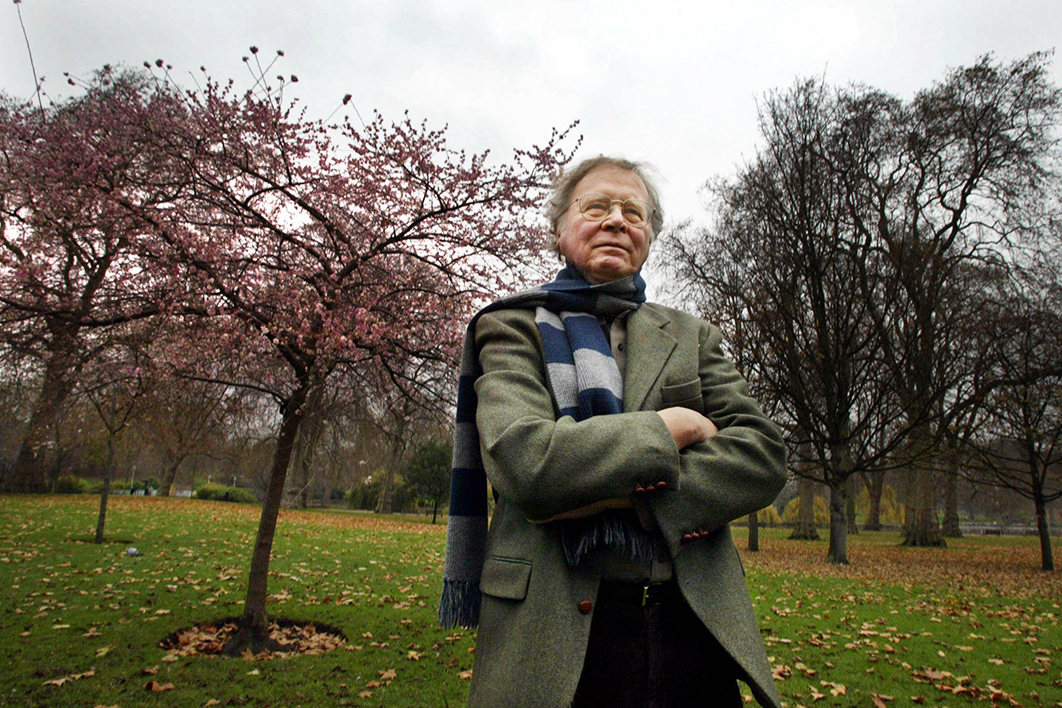The Day After Tomorrow is a big, cheesy Hollywood blockbuster that made lots of money after it came out in 2004. It’s pretty much like every disaster movie you’ve ever seen. The world is in peril, but don’t worry, a hero will save the day. This time, though, Earth isn’t threatened by an alien invasion or an asteroid; this time it’s the weather that’s turned nasty.
Global warming has caused the ice caps to melt, and the planet’s weather has gone berserk. Tornadoes “attack” Los Angeles and a huge wave engulfs New York City; then an ice age sets in. And all this mayhem seems to take place over the course of just a few days.
Though cliché-ridden and gloriously silly, The Day After Tomorrow did depend on the thinnest sliver of scientific fact. The plot of the movie is “inspired” — I wouldn’t put it any higher than that — by the real science of abrupt climate change.
That’s why, one morning in May 2004, I was sitting in the Sydney office of ABC TV’s Lateline anxiously trying to contact Wallace S. Broecker, Newberry professor in the Department of Earth and Environmental Sciences at Columbia University. I was attempting to arrange an interview for Tony Jones about the film’s release, but because it was Lateline we were going to concentrate on something arcane called “ocean conveyor belts.”
I finally got through to Broecker at his home in New Jersey. “Professor Broecker,” I asked, “would you like to get up at six tomorrow morning and drive all the way into Manhattan to talk about the science that tangentially underpins this dumb movie?”
“Sure. And call me Wally — everyone else does.”
Wally Broecker was raised in an evangelical family but dropped his faith — “cold turkey,” he said — in his twenties. After gaining his doctorate at Columbia, he was a fixture at that university’s prestigious Lamont–Doherty Earth Observatory for well over sixty years.
As early as 1975 he published an influential article in Science called “Climate Change: Are We on the Brink of a Pronounced Global Warming?” As he predicted, Earth’s temperatures started climbing the very next year.
Broecker was also the first scientist to identify and understand ocean conveyor belts, the ocean current networks that affect everything from temperature to rain patterns by shifting energy from one part of the globe to the other.
The famous Gulf Stream, for example, carries warm surface water to Western Europe, which is then sent back across the Atlantic as cold water at depth. Without the Gulf Stream bringing the warmth of the Caribbean across the chilly North Atlantic, Europe would suffer from a new ice age.
Broecker then developed the theory that would eventually inspire the makers of The Day After Tomorrow. These conveyor belts, he argued, could be switched on and off — perhaps over as little as a few decades. If global warming led to the melting of the ice caps, and a massive pulse of freshwater entered the oceans, these aquatic conveyor belts would grind to a halt — with catastrophic implications for the world’s climate patterns.
In a geological time frame, this would indeed bring about climate change in an abrupt manner.
That night on Lateline Broecker happily explained this terrifying scenario. I remember thinking, if the ocean conveyor belts did stop working it would be like turning off the planet’s life support system.
Broecker came into Manhattan early that morning to talk to a TV show on the other side of the world because he understood that he knew stuff that people needed to hear. As he once explained, “The climate system is an angry beast, and we are poking it with sticks.”
I hadn’t thought of Wally Broecker for years. All through the 2019 bushfires I didn’t think of him, nor while I was watching the terrible news of the floods in Western Europe. But then last week I saw this headline in the Guardian: “Climate Crisis: Scientists Spot Warning Signs of Gulf Stream Collapse.”
The source of that article, a paper published in the journal Nature Climate Change, argues there’s been “a gradual weakening during the last decades” of the Atlantic Meridional Overturning Circulation — basically, another name for Broecker’s ocean conveyor belt. In other words, here was up-to-date evidence of what he’d warned our audience about seventeen years ago.
Climate scientists have long said that pumping carbon dioxide into the atmosphere will lead to increasingly frequent and severe bushfires, floods, heatwaves and cyclones. And they’ve been proven correct. Could Wally Broecker’s fears about the impact of climate change on the oceans also come true?
In a video statement recorded just a week before he died in February 2019 at the age of eighty-seven, Broecker said, “Get serious world. This is a very, very, very serious problem.” •




